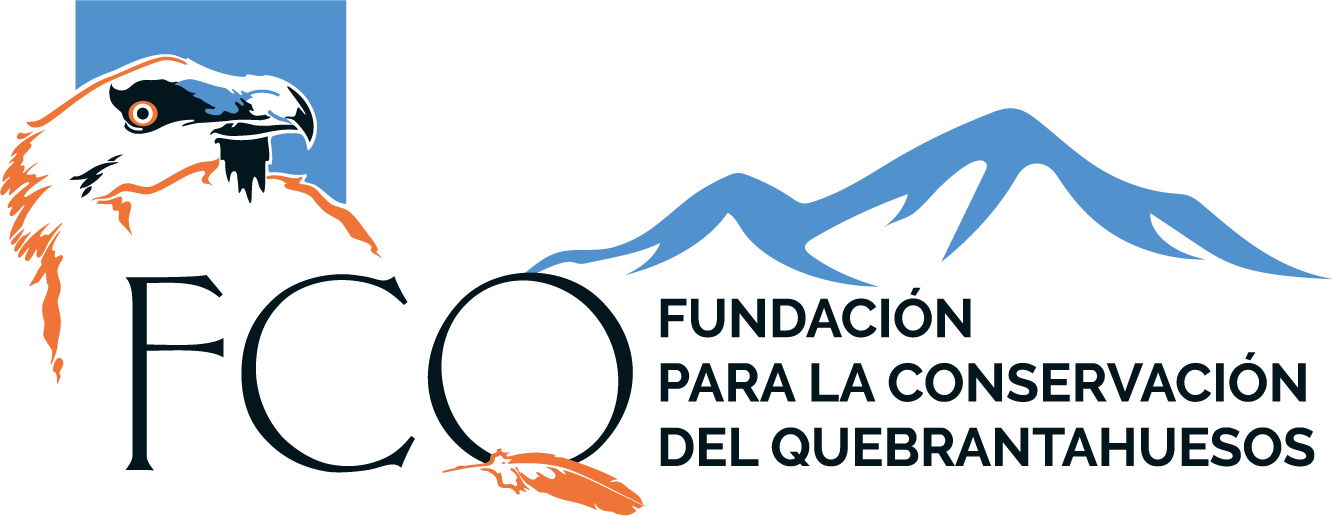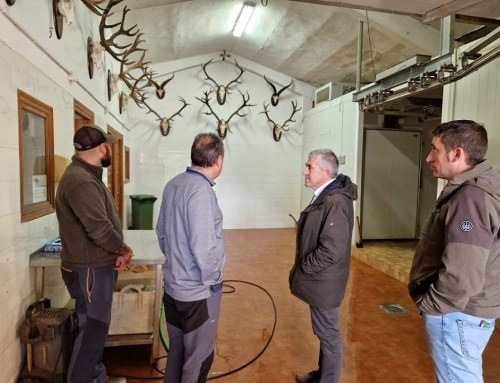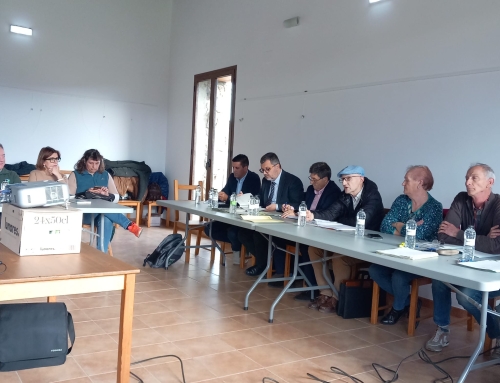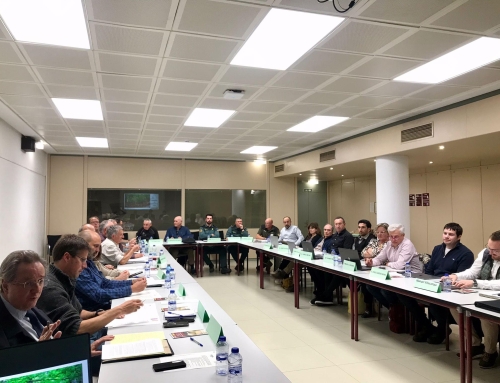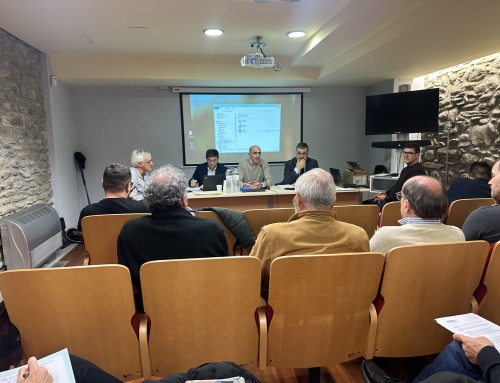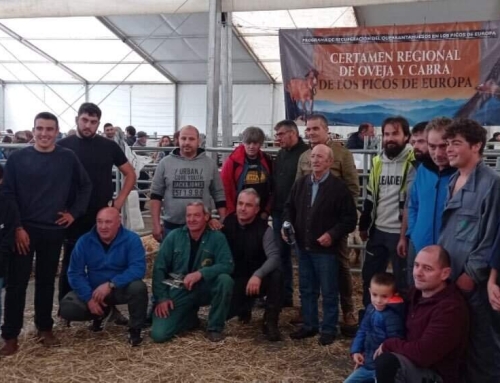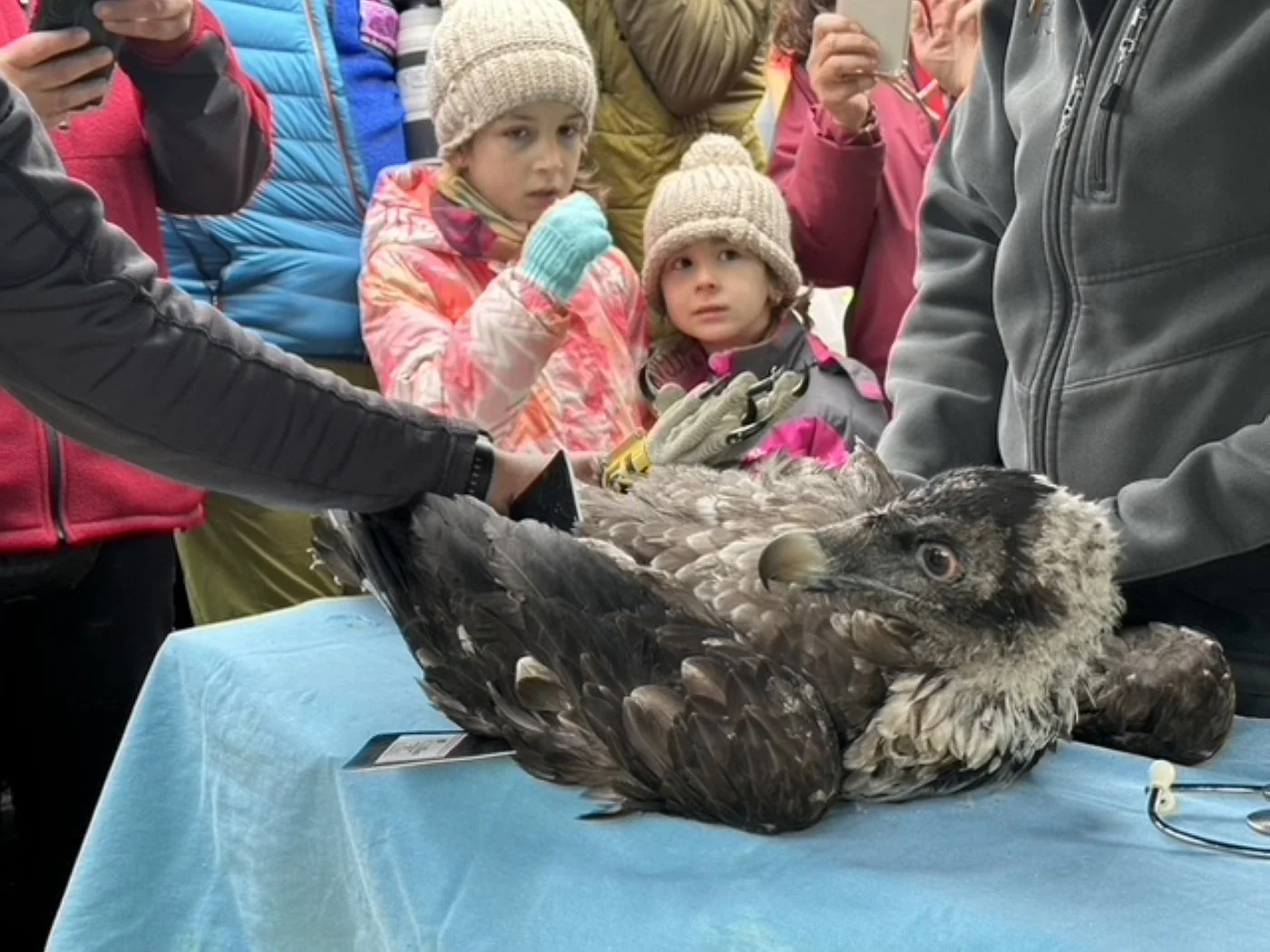
Three specimens of bearded vultures arrive at the Picos de Europa park.
Asturias already has about 45 birds of this species, almost half of the estimated 100 needed to achieve self-sustainability.
Three new specimens of Bearded Vulture arrived yesterday at the Picos de Europa National Park, in the framework of the LIFE project ‘Iberian Corridors Pro Bearded Vulture’, to be released after a period of acclimatization to their new environment. The new specimens come from a project developed for the recovery of the species in Andalusia. In this sense, the Bearded Vulture population in the National Park of Picos de Europa already has about 45 specimens, which is almost halfway to the 100 or 120 that are estimated necessary for the species to be self-sustainable. At the reception of the birds for their subsequent release yesterday attended by the Director General of Agricultural Planning, Marcos da Rocha, who thanked the great work being done by the Bearded Vulture Foundation. “Congratulations on your work for the recovery of this endangered species. We are achieving the reintroduction, little by little, of an important bird population under the umbrella of the LIFE project”, commented da Rocha. Likewise, the general director of Agricultural Planning pointed out that “from the Principality we are collaborating with the Government of Aragón and the Government of Cantabria and thanks to this collaboration we already have 45 specimens in the Picos de Europa park”. Finally, Marcos da Rocha indicated that “once these specimens are released, it is necessary to monitor them to ensure their safety and welfare. The ambition of the Bearded Vulture Foundation is to recover the species in the main mountain systems of northern and central Spain, from where it disappeared last century.
Source:
